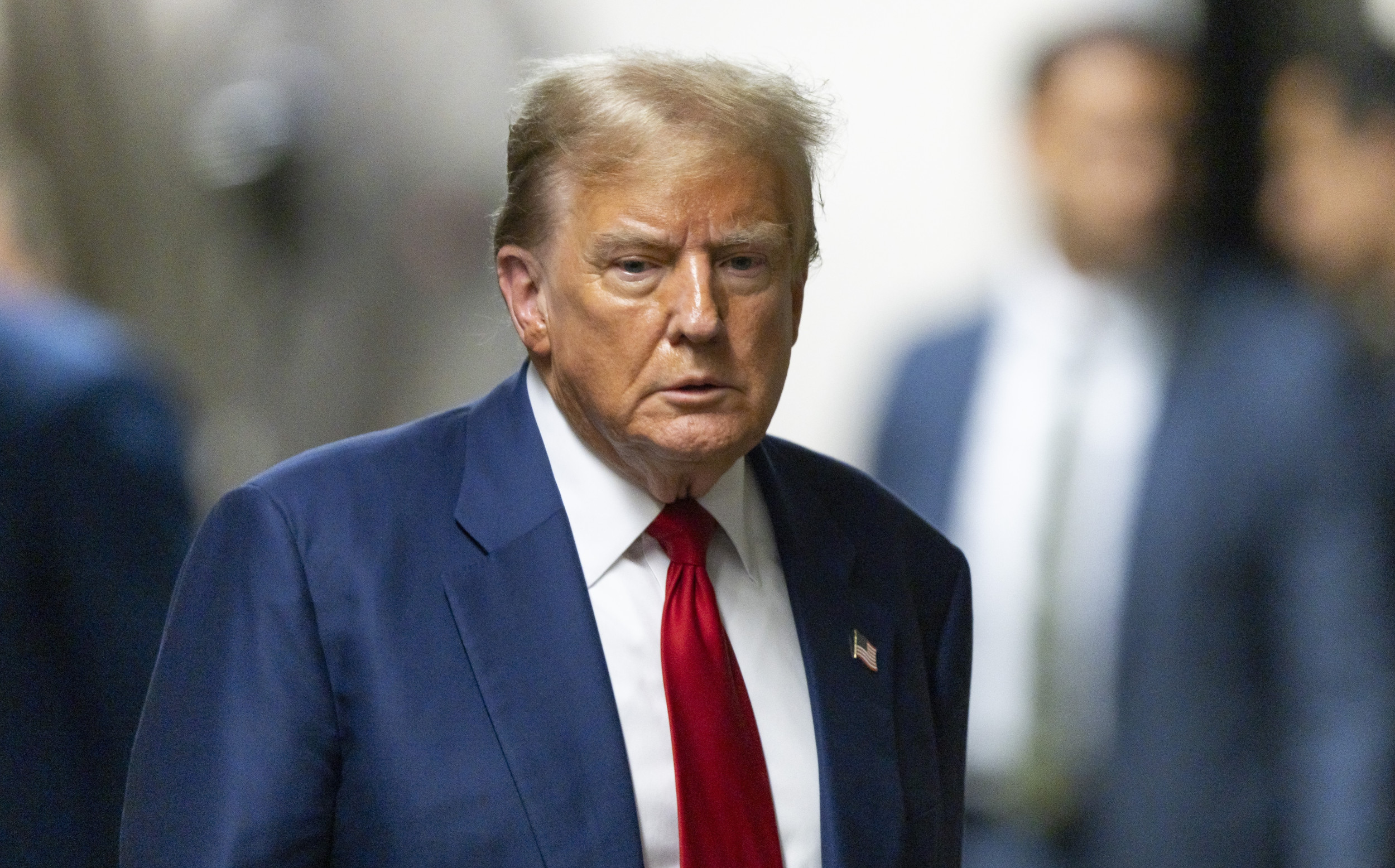As questions loom over the future of the Chinese economy, which is now facing one of its most serious challenges of the century, Beijing's top diplomat in Washington has outlined to Newsweek his nation's ambitious new plan to accelerate growth mainly through investment in high-tech and emerging industries.
First introduced to the public by Chinese President Xi Jinping in September 2023, the term "new quality productive forces" has since echoed across Chinese official communications and media outlets. International observers have also caught on, weighing in on what the People's Republic hopes to be a pioneering effort to revamp the trajectory of one of the world's fastest-growing economies. In recent years, the economy has been beset by obstacles such as slowdowns in consumer spending, a decline in the real estate sector, and mounting debt.
In addition to domestic concerns, China has also faced increasingly restrictive trade measures from the United States and its partners as part of an intensifying global competition over cutting-edge markets and production lines. Beijing's new strategy emphasizes a greater focus on science and technology in a bid to shield China from the effects of being cut out of critical supply chains and to foster homegrown hubs for attracting foreign capital.
Now, Chinese Ambassador to the United States Xie Feng explains what these "new quality productive forces" constitute, and why they are viewed as so critical to refueling the rise of China's economic powerhouse.
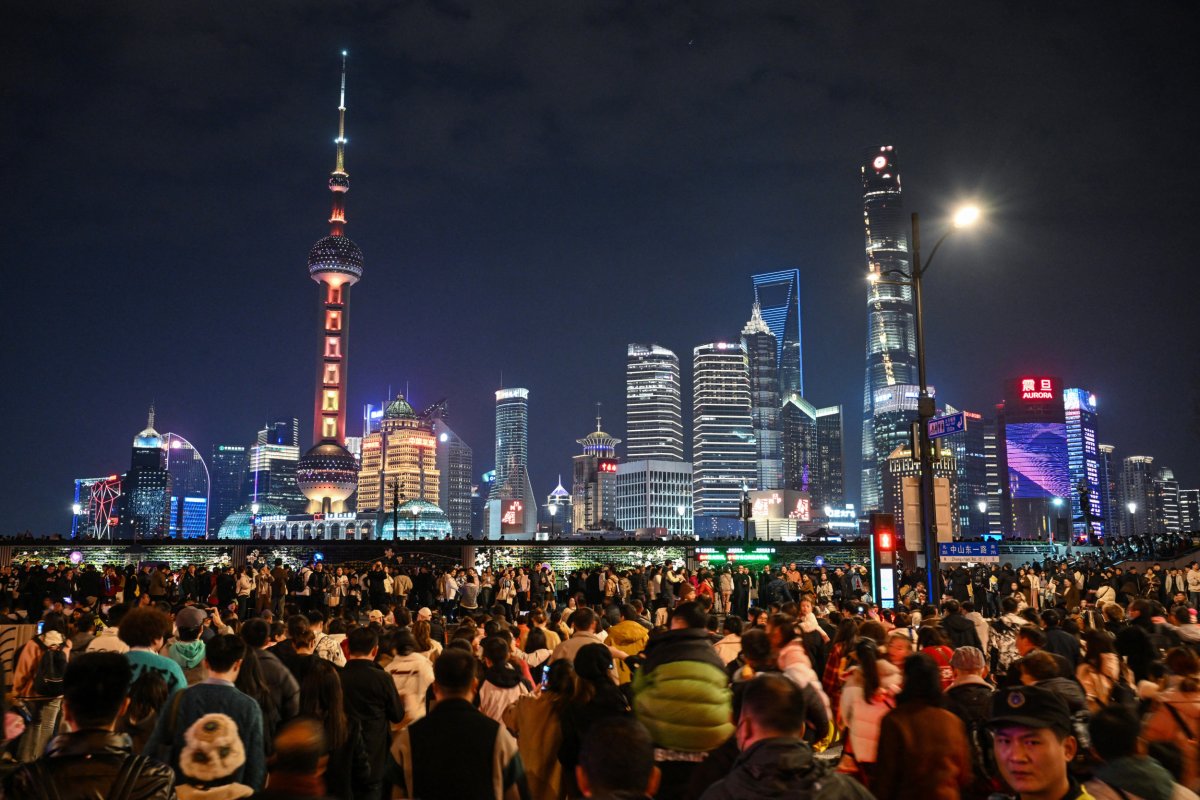
Newsweek: The term "new quality productive forces" has emerged in recent months in reference to China's efforts to accelerate economic growth. Can you explain the meaning of this term and the strategy behind it?
Ambassador Xie: In brief, it refers to innovation-led, reform-driven advanced productive forces that will boost total factor productivity and promote high-quality development. This includes:
Making traditional industries higher-end, smarter and greener. In fact, China's electric vehicles, lithium-ion batteries and photovoltaic products all thrive on transforming traditional sectors;
Fostering new industries, such as biomanufacturing, commercial spaceflight, the low-altitude economy and life sciences. Last year, the total output value of China's biomedicine, artificial intelligence and nanotechnology applications exceeded $55 billion;
Also, advancing the digital economy, integrating digital technology into the real economy, and building digital industry clusters. China's digital economy is projected to reach $15.7 trillion by 2027.
An integral part of developing new quality productive forces is opening wider at a higher standard. In August 2023, China introduced 24 measures to attract foreign investment. Among them, 60 percent have been delivered. The number of items on the negative list for foreign investment has been slashed from 93 in 2017 to 31 and will be further cut down this year.
In particular, all restrictions on foreign investment access to manufacturing will be lifted. In March, China released its first nationwide negative list for cross-border services trade. We will expand market access for digital products, telecommunications, healthcare and other areas, too.
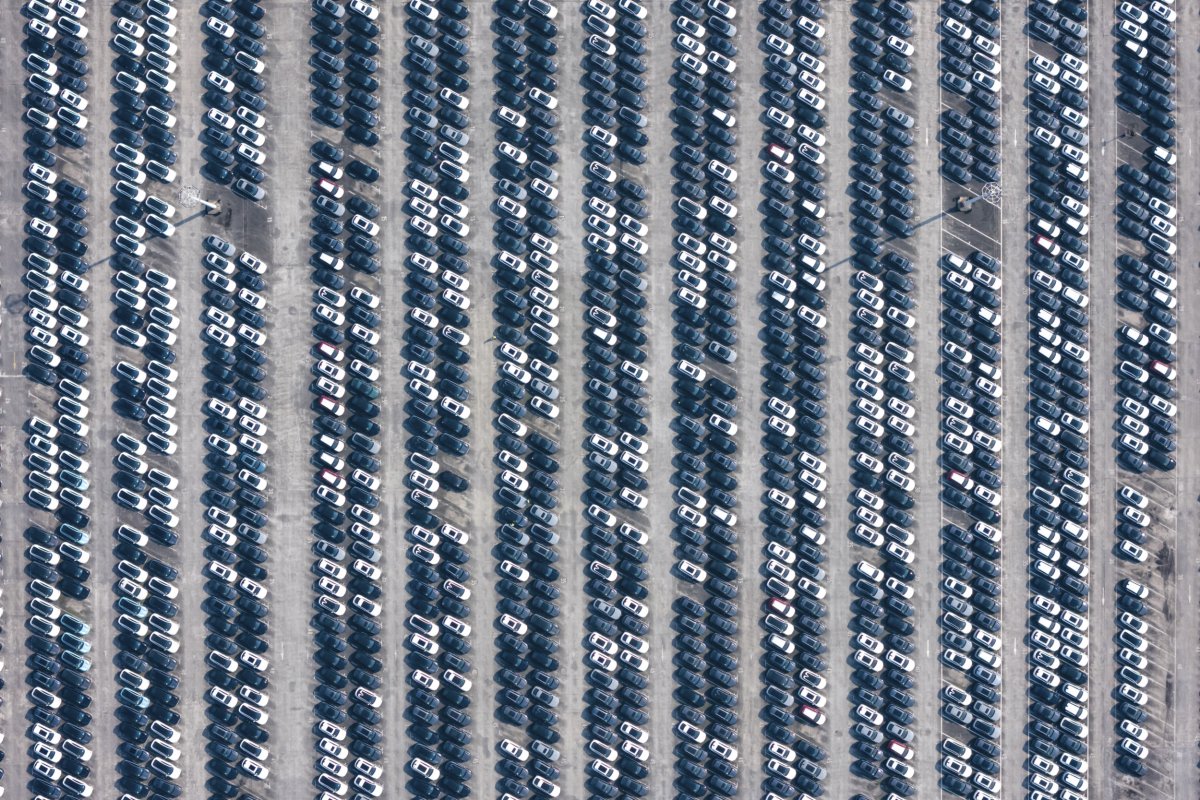
What effects might this strategy have on the performance indicators of the Chinese economy?
As China strives to expand domestic demand in recent years, new quality productive forces will serve as a catalyst that further brings out the vitality and potential of China's supersized market. The upgrading of traditional industries and the boom of new ones will further energize China's growth, and generate huge investment and consumption needs.
The advancement of information technologies, including network technology, cloud computing, big data and artificial intelligence, will create more consumption scenarios. Greener, more digitized ways of life and production will also catalyze diverse, higher-end consumption demands.
As China encourages equipment upgrades in industry, agriculture, construction, transport, education, culture, tourism and health care, a market with an annual scale of over 5 trillion yuan ($691 billion) could emerge. The trade-in of durable consumer goods such as automobiles, home appliances and furniture could open up a trillion-yuan market.
As we shift from controlling energy consumption and intensity toward limiting carbon emissions and intensity, an annual investment of over 2 trillion yuan is needed before 2030. Also, China's low-altitude economy is expanding quickly, which is expected to hit 2 trillion yuan by 2030.
In the first two months of this year, China's retail sales grew 5.5 percent year-over-year, total imports and exports of goods expanded 8.7 percent, and power generation of major electricity production enterprises went up 8.3 percent. Some 7,160 foreign-invested firms were established across China, up by 35 percent from 2023, the biggest surge in five years. In March, China's manufacturing PMI rose above 50 for the first time since last September, bouncing back to expansion territory.
Now think of this: While China has a 400-million-strong middle-income group, its per capita GDP has only recently exceeded $12,000. With private consumption accounting for merely 40 percent of GDP, much remains to be done to upgrade the consumption structure. Even so, though, China has been contributing 30 percent of global growth for years.
Just imagine how much more potential will be unlocked as China's high-quality development benefits all the 1.4 billion people, and the population in the middle-income bracket reaches 800 million, and as consumption soars in education, tourism, healthcare, social pension insurance, government-subsidized housing and more!
With its immense size and vast prospects, China, as a premier destination for global investment that remains undervalued, is simply unparalleled. Don't forget: the return on foreign direct investment in China stands at around 9 percent in the past five years.
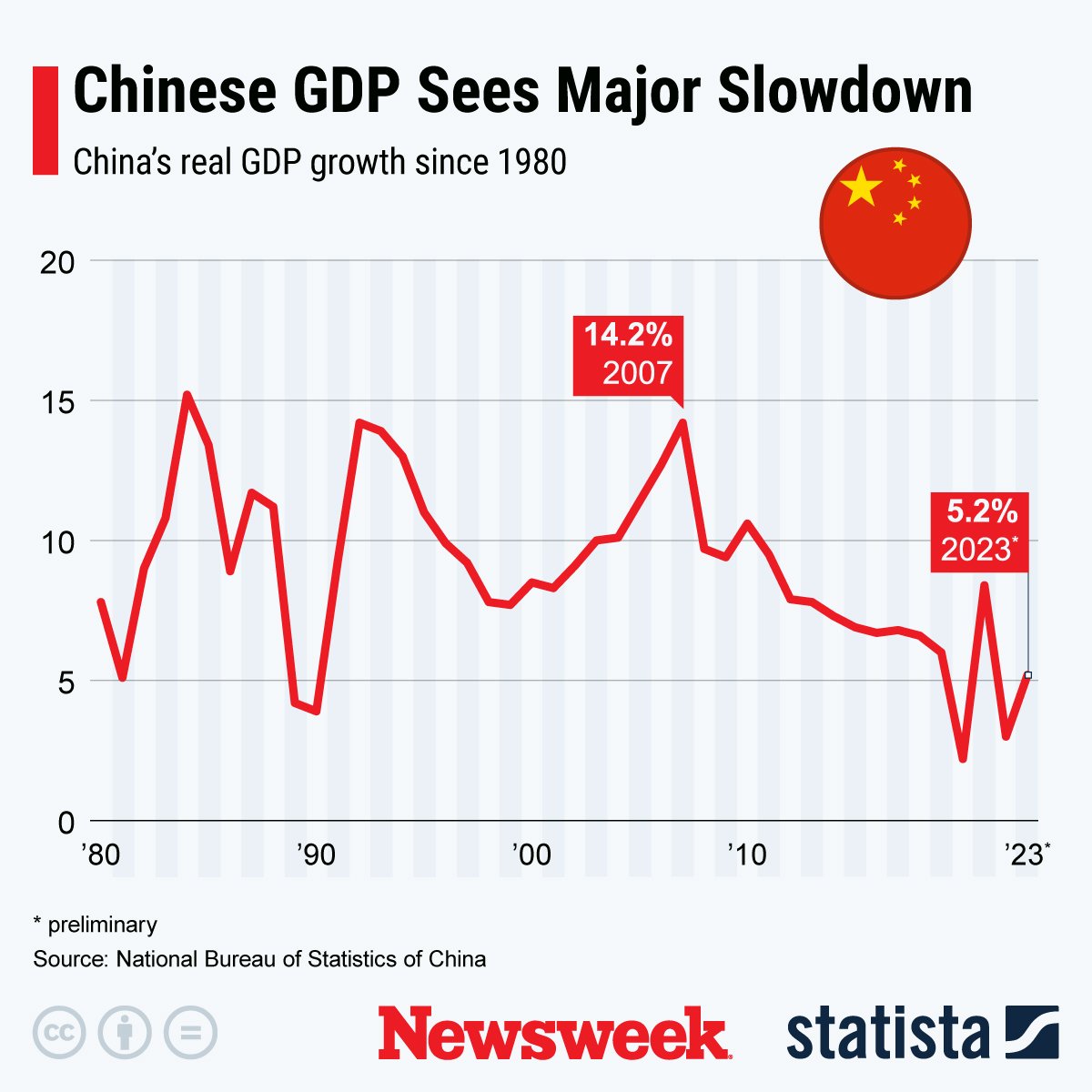
The above graphic was provided by Statista.
Could this strategy have an impact on improving economic and business relations between China and the United States?
Capital votes with its feet. As new quality productive forces are rapidly taking shape and more favorable measures are rolled out, investors with vision from the United States and other countries are competing to seize the unprecedented opportunities in China.
In January, Costco opened its sixth store in China's mainland in Shenzhen, Guangdong province. More than 140,000 customers signed up for the membership on the very first day, setting a global record. There is every reason to believe that Costco's next world record will also be created in China.
On March 21, Mr. Tim Cook opened the doors of a new Apple store in Shanghai to welcome crowds of visitors. Apple invested nearly $12 million in this retail store, the largest in Asia. Mr. Cook was clearly anticipating more than the initial wave of Apple fans; what he foresaw is a steady influx of customers.
Having invested $4.2 billion in the ethylene project in Guangdong Province, ExxonMobil plans to invest $1.4 billion more. Volkswagen established its largest overseas R&D center in Tianjin. Airbus opened in Chengdu the first aircraft lifecycle service center outside Europe.
Valeo will build a comfort and driving assistance systems manufacturing and R&D site in Shanghai. AstraZeneca will invest $470 million to build a small molecule drug factory in Wuxi, Jiangsu Province. GE Healthcare China has committed to double R&D spending in three years.
Of course, opening-up needs to be a two-way street. It should not be a solo, but a chorus by all. China has opened its arms to the world, and we expect others to do the same. If anyone is bent on constraining the flow of knowledge, technology, talents, and other factors of innovation by building a "small yard, high fence," suppressing others' competitive platforms and industrial capacity through decoupling, and trying to monopolize innovation resources, it would only widen the technological divide and stifle global development.
The international community needs to uphold the principles of openness, fairness, justice and non-discrimination, jointly facilitate the flow of innovation factors, explore new growth drivers, and enhance creativity and cooperation with an open mind so as to achieve common prosperity for all.
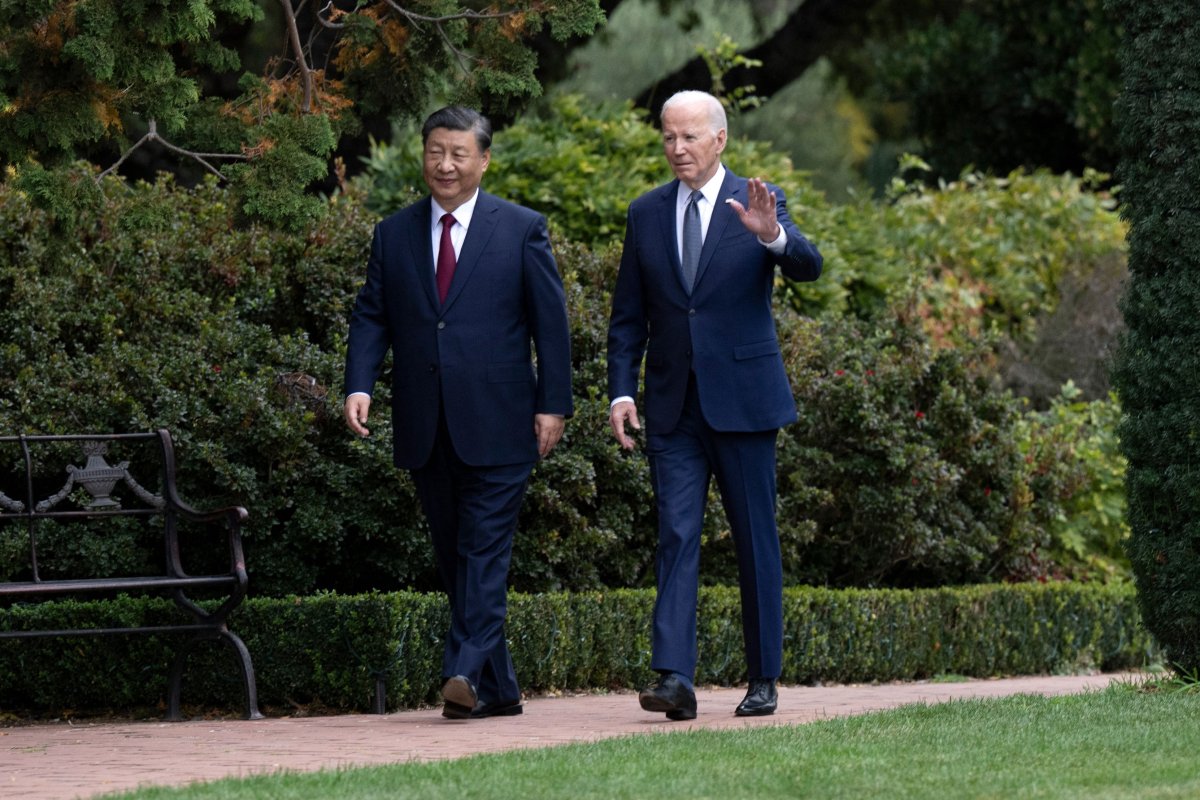
Some observers have warned that China's economy could become overburdened by the new direction and that China's long period of rapid growth has peaked. How do you address these concerns?
Some people claim that China's "overcapacity" is posing threats to other countries. The accusation is untenable. Globally, high-quality industrial capacity and new-quality productive forces are not excessive, but in dire scarcity. How to ensure the world, especially developing countries, benefits from such capacity is a constant test for human conscience and ingenuity.
The vigorous growth of China's new energy sector relies on the businesses' innovation edge forged amid global competition and high-quality products, not on so-called subsidies or protection. Look at the two largest electric vehicle enterprises in China: BYD, a private company; and Tesla, an American one. Also, China's green capacity is enabling the developing world to meet emission cut targets and accelerate green transition.
The Al-Shuaibah solar photovoltaic project undertaken by a Chinese company in Saudi Arabia alone will reduce 242 million tons of CO2 emissions, equivalent to the impact of planting 545 million trees. Isn't it a good thing if China's high-quality industrial capacity, including in new energy, can help the international community attain the United Nations 2030 Agenda for Sustainable Development and Paris Agreement goals at a faster pace?
New quality productive forces will not only invigorate China's high-quality growth but also provide impetus for global sustainable development. High-standard opening-up is the path China must take to achieve greater development, and will also bring dividends to the world. China's ever-expanding, upgrading supersize market is both a solid foundation for its own growth and a historical opportunity for win-win cooperation among countries.
What people should worry about is not whether China's growth would peak, but whether they would miss the opportunities in China. And rather than speculating about whether the Chinese economy would collapse, what should truly alarm people is how decoupling could drag down global recovery and [how] geopolitical conflicts could end the eight-decade-long world peace.
Uncommon Knowledge
Newsweek is committed to challenging conventional wisdom and finding connections in the search for common ground.
Newsweek is committed to challenging conventional wisdom and finding connections in the search for common ground.
About the writer
Based in his hometown of Staten Island, New York City, Tom O'Connor is an award-winning Senior Writer of Foreign Policy ... Read more
To read how Newsweek uses AI as a newsroom tool, Click here.




